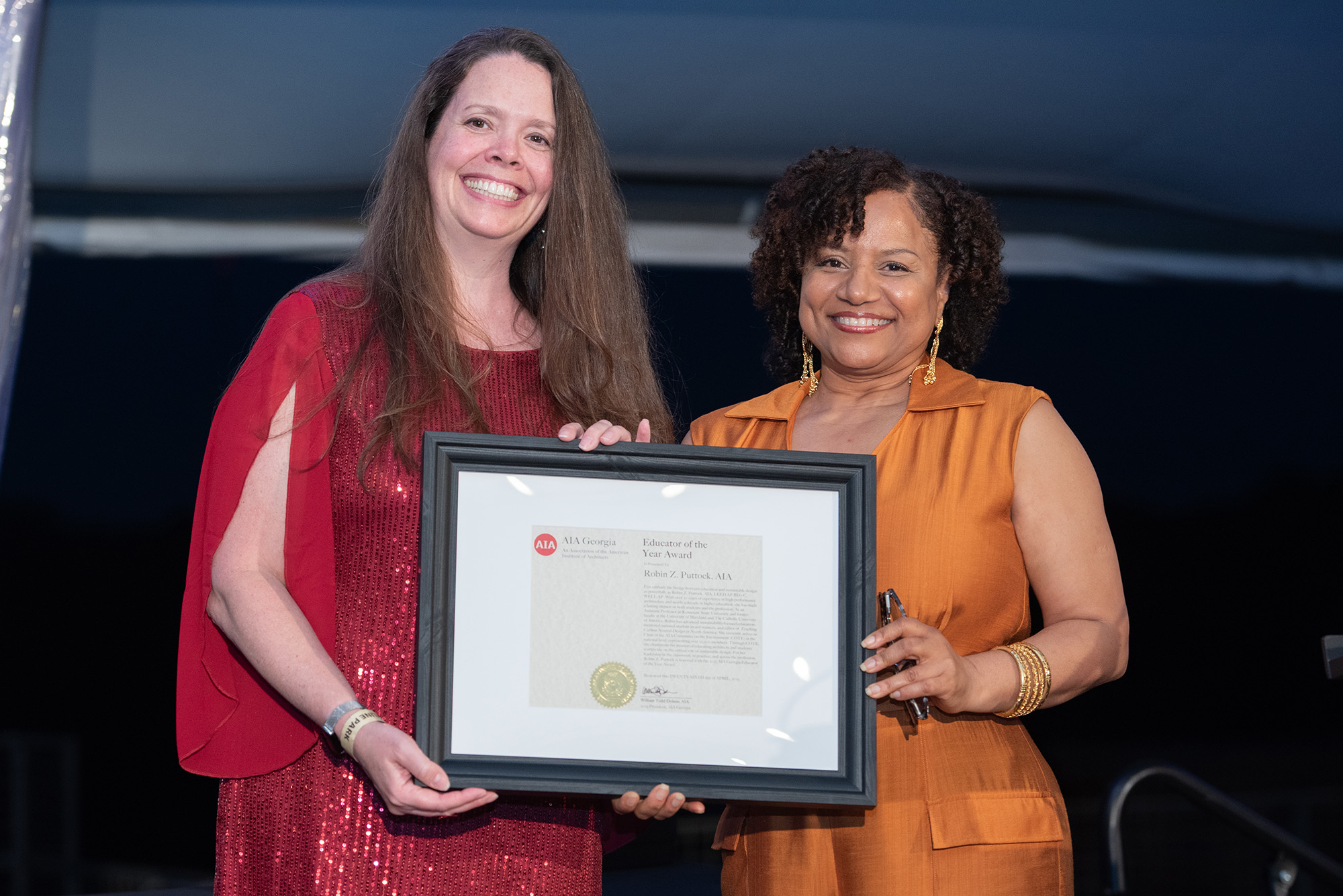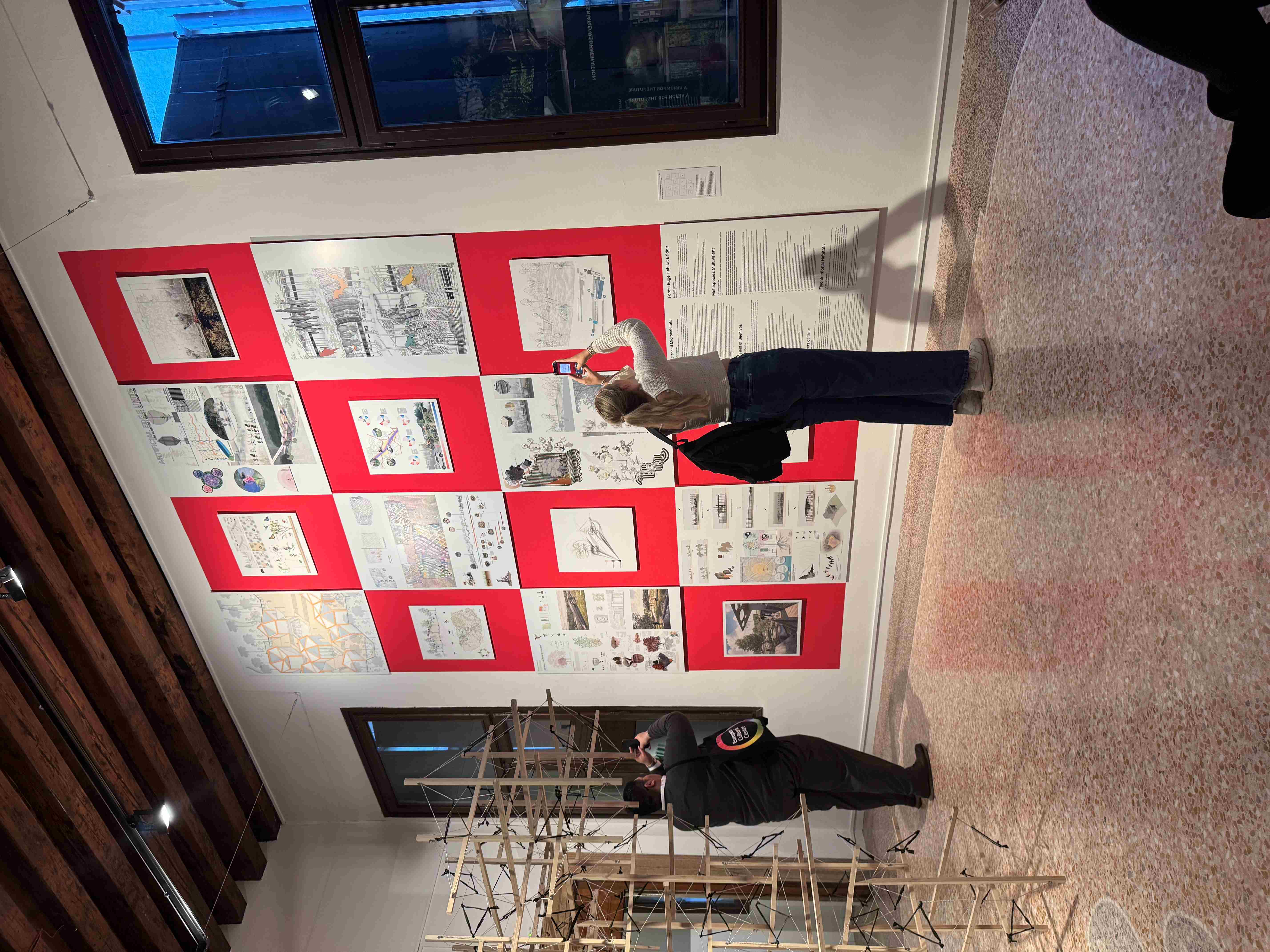

KENNESAW, Ga. | Apr 18, 2018

Construction projects are cropping up all over metro Atlanta as it has emerged from the Great Recession, but one challenge is filling the demand for workers.
Industry leaders say there is a serious shortage of skilled workers, though local high schools are partnering with businesses, technical colleges and four-year universities to produce the necessary workforce.
High schools throughout the state had already begun adding “pathways” to careers such as construction jobs, as well as those that require post-secondary training and college courses. According to the Construction Education Foundation of Georgia, the state’s public schools have over 150 skilled-trade construction and metals programs with 17,000-plus students enrolled.
Educators have shifted in the past decade from the idea that everyone graduates from high school and heads to college. “Our focus now is that everyone graduates with a plan,” said Kelly Walter, assistant principal at Berkmar High School in Gwinnett County. “Whether it’s a university, tech school or straight to work, we want students to have an idea what they want to do when they leave here.”
Research shows that not everyone is college material. And with the increased need for skilled workers, state funding has been allocated to make sure everyone who wants to learn a trade has the means to do it. A state initiative that went into effect in January ensures that students who opt for high-demand careers can earn a decent living without student loans or other educational debt. U.S. Bureau of Labor Statistics data show that most construction jobs in Georgia pay $30,000 to $75,000 annually.
Berkmar has had an architectural and construction pathway for four years. With funding from the state and county, the school turned the old in-school suspension area into a wing for architecture, electrical, carpentry and masonry work. This year it will graduate its first group to complete the cycle, who will be qualified to go straight to work.
“My main goal is to bring the construction work-site experience to the students and bring the students to real-life construction companies,” said John Tronolone, construction academy coach at Berkmar.
It’s a traditionally male-dominated industry, so the opportunity to try it out before graduation appealed to juniors Isis Crossley and April Rodriguez as well as senior Kenia Gutierrez.
“I kind of fell into this by accident and now I know this is what I want to do,” said Crossley.
Rodriguez has a brother in the construction field, and he urged her to give it a try.
“He told me there are many opportunities for women in construction so I wanted to see for myself.” she said.
Gutierrez plans to attend Gwinnett Tech in the fall and wants to somehow incorporate a construction career with cosmetology. She said she likes the fact that her options are limitless.
The academy partners with local businesses that donate money, materials and most importantly time.
“In order to be competitive in the real world, our students need to see what the real world is like,” said Tronolone. “They can go through coursework, but seeing how those skills they’re learning turn into real buildings makes a lot of difference.”
In a survey of construction businesses by accounting firm Bennett Thrasher and the construction management department at Kennesaw State University released in June, 87 percent of construction firms called the search for skilled workers their top problem.
“The industry is definitely in need of more people,” said Ashton Watt, personnel and recruiting manager at Eckardt Electric, a company that has more than 80 years in metro Atlanta specializing in large-scale projects such as hospitals and universities. “When I came on in 2011 we had about 70 employees. We just recently hired our 400th.”
“We have deep roots in the area and we’re looking for ways to grow the next generation,” said Watt. “A lot of students who want to try their hand at entry-level jobs have lots of room for advancement.”
U.S. Bureau of Labor Statistics data show that in 2005 there were 11.5 million workers in the construction industry, and the unemployment rate hovered around 8.2 percent. That number dropped to 10.6 million in 2010, and unemployment jumped to 18 percent. Even though employment has improved, the workforce has not rebounded to pre-recession levels. In 2015, unemployment was 7.1 percent but the construction workforce contracted further to 10.4 million, according to a report from BuildZoom, a site that focuses on construction data.
In Georgia, the construction industry needs about 15,000 new workers every year — with half of those in metro Atlanta, according to the BLS.
The industry may have an image problem. A recent survey of 18- to 25-year-olds from the National Association of Home Builders revealed only 3 percent were interested in construction as a career. Most surveyed wanted a less physically demanding job and perceived construction as difficult.
Scott Shelar, president of the Construction Education Foundation of Georgia, said most young people have misconceptions of what the industry entails. “Construction is more than a guy with a hammer,” said Shelar. “There is very sophisticated technology in place. You can’t build something like the Mercedes Benz Stadium without highly skilled and highly trained workers.”
CEFGA recently sponsored its annual Career Expo, which links students and professionals in construction, utilities, highways, electrical, mechanical, energy, mining and more. The event also features the SkillsUSA State Championships, a competition that invites students to showcase their skills in a number of construction-related disciplines. Another highlight is a job fair with businesses willing to hire 16- and 17-year-olds as well as recent grads. Several hundred students brought resumes and met with companies, and virtually all received offers.
According to analysis by Construction Industry Resources Inc., one of the most in-demand construction jobs in Georgia is craft laborer. The current need in the state is 52,783 workers through August 2021. Laborers perform many basic tasks on construction sites and mostly work full time. Although the pay is at the bottom of the range at about $30,000, the job has some of the most potential for advancement. Training is available through technical schools, community colleges, registered apprenticeship programs and industry training programs.
Filling the need for skilled laborers takes a group effort, said Mike Dunham, CEO of Associated General Contractors of Georgia Inc.
“Nothing can get done without the construction industry,” he said. “You need to build the facilities for new business, expand existing businesses, maintain aging buildings — construction is linchpin for growing new business and maintaining existing business.”
Dunham pointed out that there aren’t enough skilled workers to replace those retiring. “For every 4.5 people who retire in the construction industry, there’s just one person taking their place,” he said. “After a while, you don’t have anyone left.”
Dunham said there are state initiatives to turn those numbers around.
To encourage employers to bring younger workers into the field, HB 402 was passed in the 2015-2016 legislative session. It allowed companies a reduction in insurance costs so students 16 or older who are enrolled in work-based program at an accredited school can work for them. This allowed construction companies especially to employee youngsters and get them started in a real-world environment.
The Hope Career Grant was expanded in January to offer students greater career opportunities in five of Georgia’s fast-growing industries, increasing the number of programs that qualify for this grant to 17. Majors in the construction field the grant will now cover include air conditioning technology, carpentry, construction management, electrical construction and maintenance, masonry and plumbing.
Industries covered by the HOPE Career Grant were identified by Governor Deal’s High-Demand Career Initiative as strategically important to the state’s economic growth. The grant is among the many forms of financial assistance available through the Georgia Student Finance Commission.
And it’s never too late. There is no age limit to be eligible for the grant.
Above Photo: Banks Hathcox, 16, left, competes against other schools as he represents his school, Calhoun High School, during the SkillsUSA State Championship, Friday March 23, 2018, at the Georgia International Convention Center, March 23, 2018. (John Amis)

Kennesaw State graduates earn international recognition for award-winning architectural drawing

Kennesaw State assistant professor named 2025 AIA Georgia Educator of the Year

Kennesaw State architecture students bring eco-centered design to global stage in Italy

Recent Kennesaw State architecture graduate named to Metropolis Future100 list